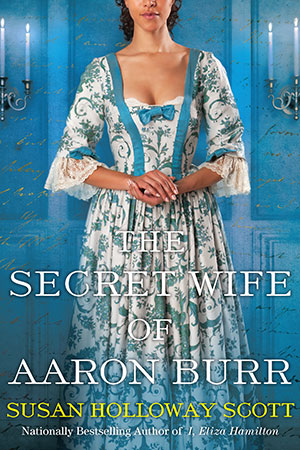 |
| Globe-Wernicke, ad in American Homes & Gardens c 1905 |
Loretta reports:
Readers often ask which books we recommend on this, that, or the other subject. For this holiday season, it seemed like a good idea to mention some favorites. They might become gifts for the nerdy history person in your life or for yourself. Many are still in print and easily available. Some are trickier to find. While I could recommend hundreds, I winnowed it down to the following, which I often turn to for information and inspiration.
Adams, Samuel & Sarah. The Complete Servant (1825). You can read this online, or can buy your own copy. Details about not only the servant hierarchy, servants’ duties, but also the economics of maintaining household staff.
Black, A&C (publishers) Titles and Forms of Address: A Guide to Correct Use. This or Debrett’s Correct Form will help readers understand titles and forms of address they encounter in books as well as prevent writers’ committing social atrocities in their stories.
Bradfield, Nancy. Costume in Detail: Women's Dress 1730-1930. A detailed look, inside and out, of the way clothes were constructed. Extremely helpful for dressing and undressing our heroines.
Cunnington, C. Willitt. English Women’s Clothing in the Nineteenth Century and Cunnington, C. Willett and Cunnington, Phillis. The History of Underclothes (1992). The Cunnington books, written in the early part of the 20th century, feature some outdated viewpoints. However, they still offer a wealth of examples as well as amusing and enlightening quotations from primary sources.
Gill, Gillian. We Two: Victoria and Albert: Rulers, Partners, Rivals. My favorite biography to date, and I’ve read quite a few. It reads like fiction. I originally hesitated to buy it because my sense was that Victoria lost the most fun and interesting part of herself when she wed, and that just depressed the daylights out of me. But this book offers a rather different perspective, bringing two strong personalities into sharp focus, and the compelling story starts well before she was born, with an almost operatic account of the events leading to her becoming Queen.
Grimble, Frances. The Lady's Stratagem: A Repository of 1820s Directions for the Toilet, Mantua-Making, Stay-Making, Millinery & Etiquette. Exactly as described in subtitle, it’s a marvelous compilation of information from various sources.
Inglis, John R. and Sanders, Jill. Panorama of the Thames: A Riverside View of Georgian London. A beautiful book and a labor of love that takes us on a voyage up and down the Thames during the Regency.
Rylance, Ralph. The Epicure’s Almanack. A moment in the Regency captured, as the author takes us on a detailed tour of all London’s eating establishments, and tells us what foods are in season when.
 |
| Félix Vallotton, La bibliothèque 1915 |
Salisbury, Deb. Elephant’s Breath & London Smoke. A sort of OED of historical color, including dates for color names, and descriptions, it also offers advice on what colors for what complexions and occasions, among other fascinating details.
A Member of the Aristocracy. Manners and Rules of Good Society. A helpful etiquette book, as long as we remember it’s late Victorian to Edwardian (depending on the edition), when rules were more complicated and rigid than in earlier generations.
For more books we've referred to in our work and blogging, please click on the NHG library tag.
Images: Globe-Wernicke, advertisement in American Homes & Gardens c 1905; Félix Vallotton, 1915 La bibliothèque.
Clicking on the image will enlarge it. Clicking on a caption link will take you to the source, where you can learn more and enlarge images as needed. And, just so you know, if you order a book through one of my posts, I might get a small share of the sale.


































 One of us --
One of us -- 


